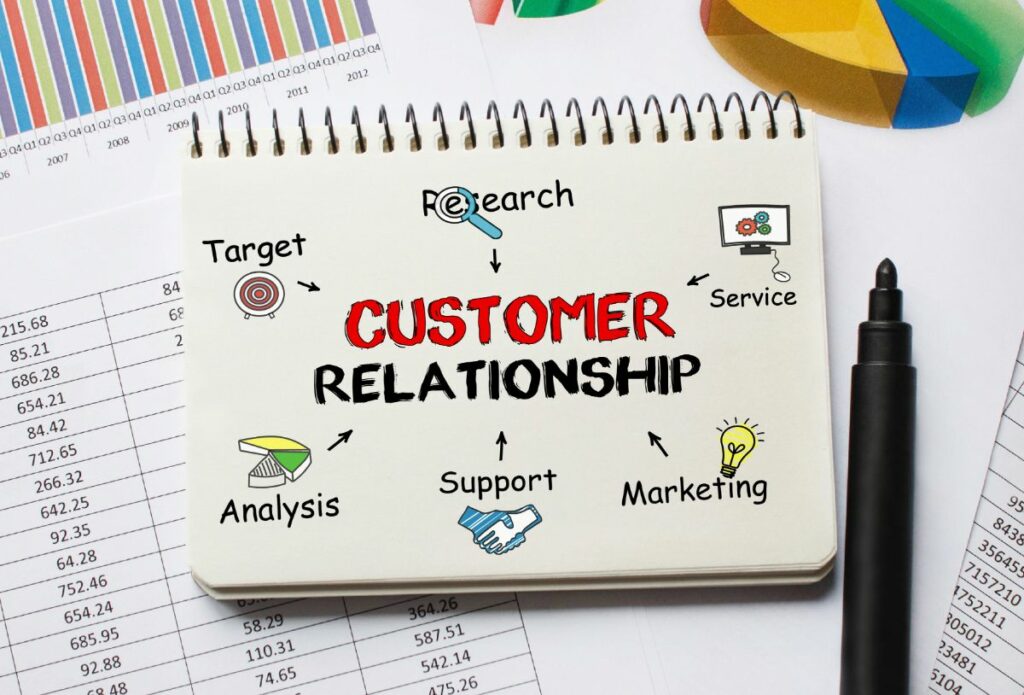Table of Contents
ToggleA. Innovation
B. Flow
C. Value
D. Respect for People and Culture
The Correct Answer is
C. Value
Explanation
The pillar in the House of Lean that focuses on the customer, who is the consumer of the work, is Value.
The House of Lean is a conceptual model that illustrates the key principles of Lean thinking. One of its foundational pillars is centered on delivering value from the customer’s perspective. This means understanding what the customer values and then focusing efforts on delivering that value efficiently and effectively. The goal is to ensure that every aspect of the work process contributes to creating something that the customer is willing to pay for, thereby eliminating waste and optimizing value delivery.
The Value pillar in the House of Lean emphasizes understanding and delivering what the customer truly values. This focus is critical in Lean thinking and practices, as it guides organizations in identifying and prioritizing work that directly contributes to customer satisfaction and business success.
Here are more detailed insights into this pillar
Understanding Customer Value
- Customer-Centric Approach: The core of Lean thinking is to see everything from the perspective of the customer. This involves deeply understanding their needs, problems, and the context in which they use your products or services.
- Value Definition: Value is defined solely by the customer, indicating that what is considered valuable can vary significantly between different customers or market segments. Therefore, continuous engagement with and feedback from customers is essential to keep the understanding of value current and relevant.
Delivering Customer Value
- Value Stream Mapping: A key tool in Lean methodologies, value stream mapping involves visualizing the entire process or flow of delivering a product or service from start to finish. It helps in identifying steps that add value as perceived by the customer and distinguishing them from steps that do not add value (waste).
- Elimination of Waste: Once non-value-adding steps are identified, the focus shifts to eliminating or minimizing these steps without negatively impacting the quality or delivery of the product or service. This can involve improving processes, reducing inefficiencies, and optimizing resource utilization.
Benefits of Focusing on Value
- Increased Customer Satisfaction: By ensuring that every effort is made to deliver what customers truly value, organizations can increase customer satisfaction, loyalty, and advocacy.
- Improved Competitiveness: A relentless focus on value helps in differentiating offerings in the market. Organizations that can deliver high value efficiently are more competitive and better positioned for growth.
- Enhanced Efficiency and Reduced Costs: Eliminating waste and focusing on value-adding activities lead to more efficient operations and can significantly reduce costs, further enhancing an organization’s competitiveness and profitability.
Integrating Value in the Organizational Culture
- Leadership and Vision: Leaders play a crucial role in defining and communicating the importance of focusing on customer value. They need to ensure that the organizational culture and all employees are aligned with this focus.
- Continuous Improvement: A commitment to continuously improving processes, products, and services based on customer feedback and changing needs is essential. This involves fostering a culture of innovation, where learning and experimentation are encouraged.
- Cross-functional collaboration: Delivering customer value often requires collaboration across different parts of the organization. Breaking down silos and promoting cross-functional teams can enhance the organization’s ability to deliver comprehensive value to customers.
In summary, the Value pillar in the House of Lean is about placing the customer at the center of all operations and decision-making processes. It requires a deep understanding of what customers value, a commitment to delivering that value efficiently, and an organizational culture that supports continuous improvement and innovation.
Other Leading SAFe 6.0 Question – Optimizing flow means identifying what?
